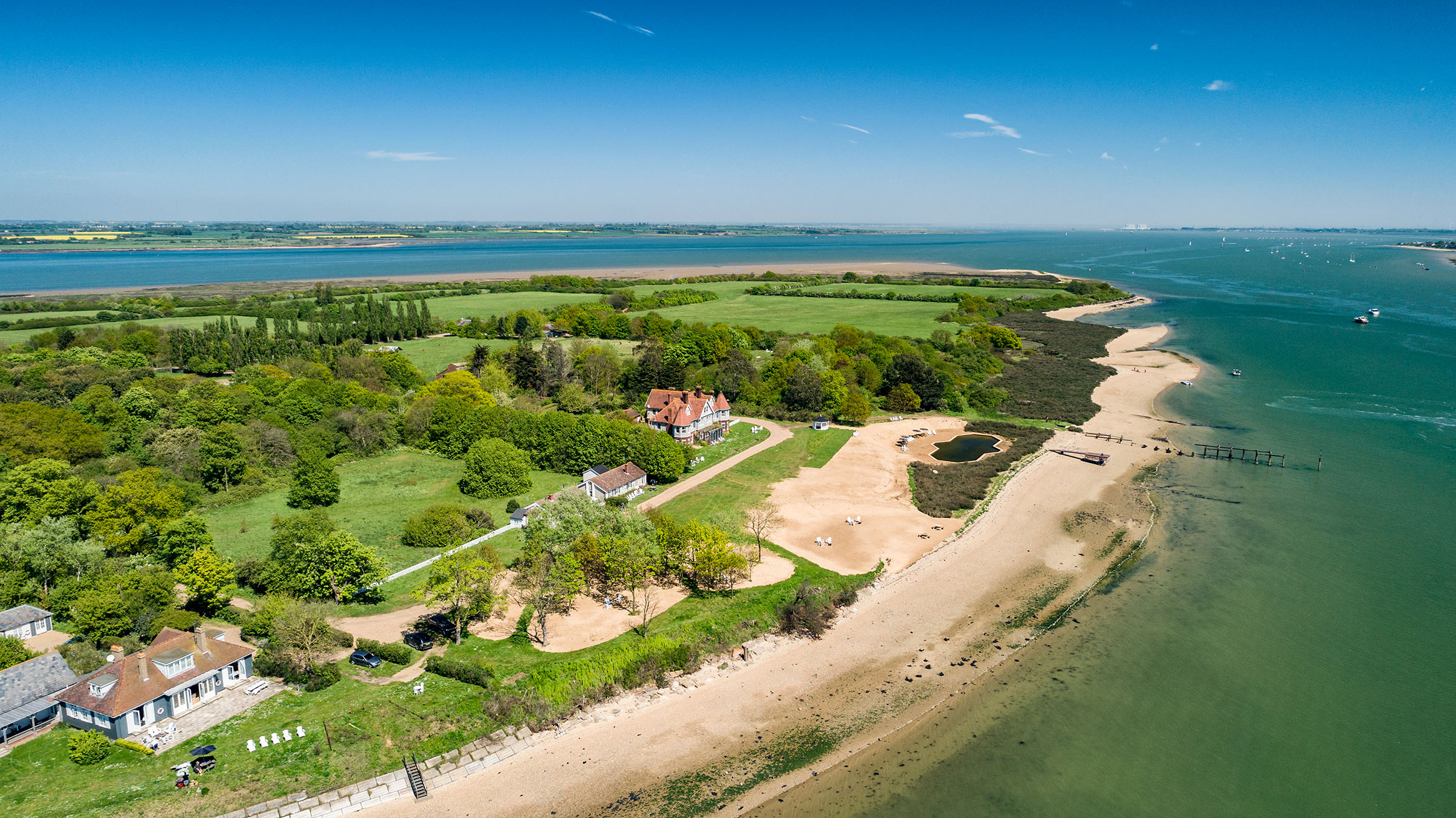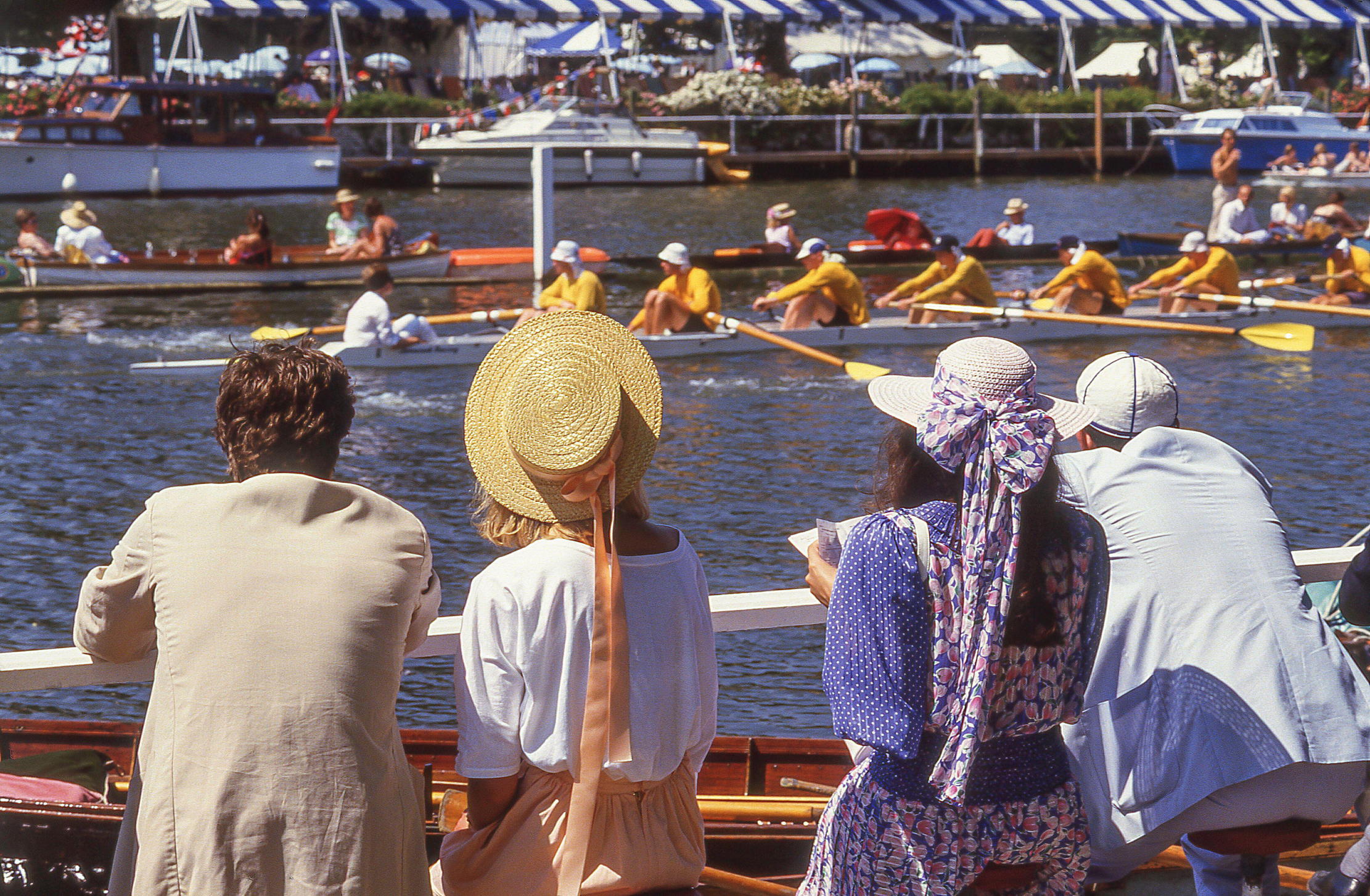New homes at Castle Howard
Crippling maintenance costs have forced the Yorkshire estate to consider selling land for new affordable housing developments


The crippling running costs of maintaining one of Britain's most iconic stately homes has forced its owners to consider striking new housing deals to help meet a conservation bill likely to be in excess of £20 million. Grade 1-listed Castle Howard, in North Yorkshire, was put on English Heritage's official 'at risk' register last year over fears that its historic gardens are in danger of falling into disrepair. Several other listed structures on the estate are already on the Buildings at Risk Register. The Castle Howard estate is responding to the financial challenges ahead by considering whether part of its land could be earmarked for new homes in the local estate villages of Slingsby, Terrington and Welburn. Owner Simon Howard is hoping for support from Ryedale District Council, which is set to launch a consultation on whether sections of the estate should be included in its network of 'service villages' - areas which can be marked out for both commercial and affordable housing. Henry Rayment, estate manager, said the idea was driven by the fact that restoring Castle Howard's listed structures could cost up to £24m. 'Our recent conservation management plan was a reminder of what Castle Howard is about, where the problems are and where we need to raise our game,' he said. 'The mausoleum, the estate's walls and follies and other buildings will need money spending on them over the coming years, and that has led us to put together various proposals about how that money can be raised. 'That is why we have entered into the local planning process - because without support from that process, Castle Howard is going to struggle as an employer and an economic generator.' Mr Rayment said land in the villages of Slingsby, Terrington and Welburn was being considered as sites for new homes - but he added that it was too early to decide whether land packages would be directly sold to developers or whether the estate would continue to manage them. The gardens at Castle Howard - used as the backdrop for both the TV and film adaptations of Evelyn Waugh's Brideshead Revisited - were perhaps Sir John Vanbrugh's greatest triumph.
But many of the estate's ornamental buildings, including the Pyramid and the Mausoleum, are now in need of major repairs and several mature trees need to be felled.
Last year the castle's gardens - which attract 200,000 visitors a year - were named by English Heritage on a new list of parks, ornamental gardens and cemeteries which could be lost due to a lack of funding.
A spokeswoman for English Heritage, said: 'The gardens of Castle Howard are at risk, not because the owners are doing anything wrong but simply because of the enormity of the repair costs.
'Even though they are well managed gardens some very important buildings, such as the Mausoleum, are suffering from lack of repair and several of the avenues have over mature trees in need of replacement.'
Sign up for the Country Life Newsletter
Exquisite houses, the beauty of Nature, and how to get the most from your life, straight to your inbox.
Country Life is unlike any other magazine: the only glossy weekly on the newsstand and the only magazine that has been guest-edited by HRH The King not once, but twice. It is a celebration of modern rural life and all its diverse joys and pleasures — that was first published in Queen Victoria's Diamond Jubilee year. Our eclectic mixture of witty and informative content — from the most up-to-date property news and commentary and a coveted glimpse inside some of the UK's best houses and gardens, to gardening, the arts and interior design, written by experts in their field — still cannot be found in print or online, anywhere else.
-
 380 acres and 90 bedrooms on the £25m private island being sold by one of Britain's top music producers
380 acres and 90 bedrooms on the £25m private island being sold by one of Britain's top music producersStormzy, Rihanna and the Rolling Stones are just a part of the story at Osea Island, a dot on the map in the seas off Essex.
By Lotte Brundle Published
-
 'A delicious chance to step back in time and bask in the best of Britain': An insider's guide to The Season
'A delicious chance to step back in time and bask in the best of Britain': An insider's guide to The SeasonHere's how to navigate this summer's top events in style, from those who know best.
By Madeleine Silver Published
